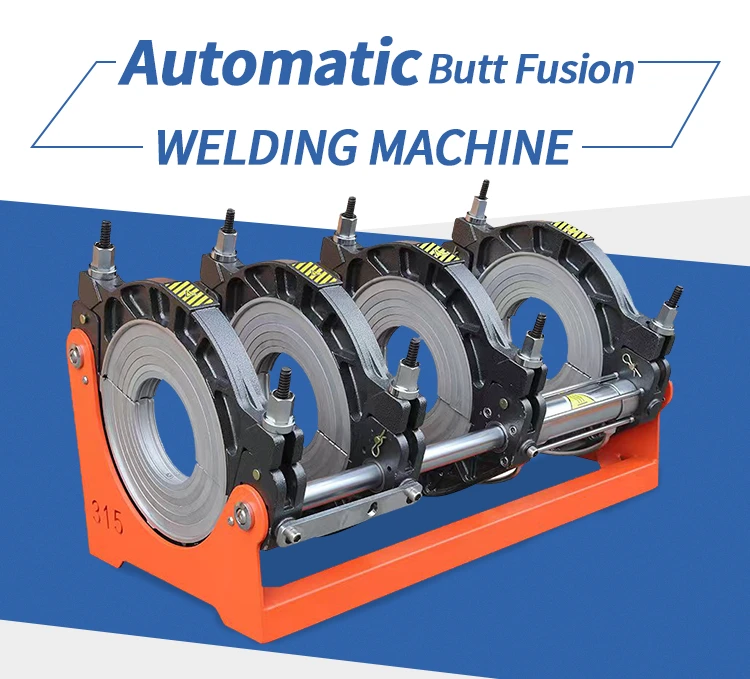Introduction of ball valve products and working principle
It evolved from a plug valve. Its opening and closing part is a sphere, and the sphere is rotated 90° around the axis of the valve stem to achieve the purpose of opening and closing. The ball valve is mainly used to cut off, distribute and change the flow direction of the medium on the pipeline. The ball valve designed with a V-shaped opening also has a good flow adjustment function.
Advantages of HAILI ball valve:
① Has flow resistance (actually 0);
②Because it will not get stuck during work (when there is no lubricant), it can be reliably used in corrosive media and low boiling point liquids;
③ In an enormous pressure and temperature range, it can achieve complete sealing;
④ It can realize rapid opening and closing, and the opening and closing time of some structures is only 0.05~0.1s, to ensure that it can be used in the automation system of the test bench. When the valve is opened and closed quickly, the operation has no impact;
⑤The spherical closure can be automatically positioned at the boundary position;
⑥ The working medium is reliably sealed on both sides;
⑦When fully open and fully closed, the sealing surface of the ball and valve seat is isolated from the medium, so the medium passing through the valve at high speed will not cause erosion of the sealing surface;
⑧Compact structure and lightweight, it can be considered the most reasonable valve structure for the low-temperature medium system;
⑨ The valve body is symmetrical, especially the welded valve body structure, which can well withstand the stress from the pipeline;
⑩The closing part can fight the high-pressure difference when closing. ⑾ The ball valve with a fully welded valve body can be directly buried in the ground so that the valve internals are not corroded, and the service life can reach 30 years. It is a valve for oil and natural gas pipelines.
195066.webp)
How to distinguish between a cold water valve and a hot water ball valve?
For household valves, such as globe valves, the valve core sealing material for cold water has rubber, which is used for cold water.
The sealing surface of the ball valve is generally PTFE, which can be used for hot water. A general female thread ball valve can be used for hot water.
Precautions for ball valve installation
1. In winter construction, the water pressure test is carried out under a negative temperature.
Consequences: The tube freezes due to the rapid freezing of the tube during the hydrostatic test.
Measures: try to carry out the water pressure test before winter application, and blow the water after the pressure test, especially the water in the valve must be cleaned, otherwise the valve will be rusted and cracked in severe cases.
When the water pressure test is carried out in winter, the project must be carried out at a positive indoor temperature, and the water must be blown out after the pressure test.
2. Before the completion of the pipeline system, the flushing is not serious, and the flow and speed cannot meet the requirements of pipeline flushing. Even flushing is replaced by water pressure test drainage.
Consequences: the water quality does not meet the operating requirements of the pipeline system, which often results in the reduction or blockage of the pipeline section.
Measures: Use the juice flow rate in the system or the water flow speed that should not be less than 3m/s for flushing. The watercolor and transparency of the outlet should be visually consistent with the watercolor and transparency of the inlet water.
3. Sewage, rainwater, and condensate pipes are concealed without a closed water test.
Consequences: It may cause water leakage and cause user losses.
Measures: The closed water test work should be checked and accepted in strict accordance with the specifications. Buried underground, in the ceiling, between pipes, etc., concealed installation of sewage, rainwater, condensate pipes, etc., must ensure that they are not leaking.
4. During the hydraulic strength test and tightness test of the pipeline system, only the pressure value, and the water level change are observed, and the leakage inspection is not enough.
Consequences: leakage occurs after the operation of the pipeline system, which affects normal use.
Measures: When the pipeline system is tested according to the design requirements and construction specifications, in addition to recording the pressure value or the water level change within the specified time, it is especially necessary to carefully check whether there is any leakage problem.
601262.webp)
591.webp)
990.webp)
913.webp)
866.webp)
695473.webp)
294.webp)
287.webp)
274.webp)



476.webp)
420.webp)
146.webp)


